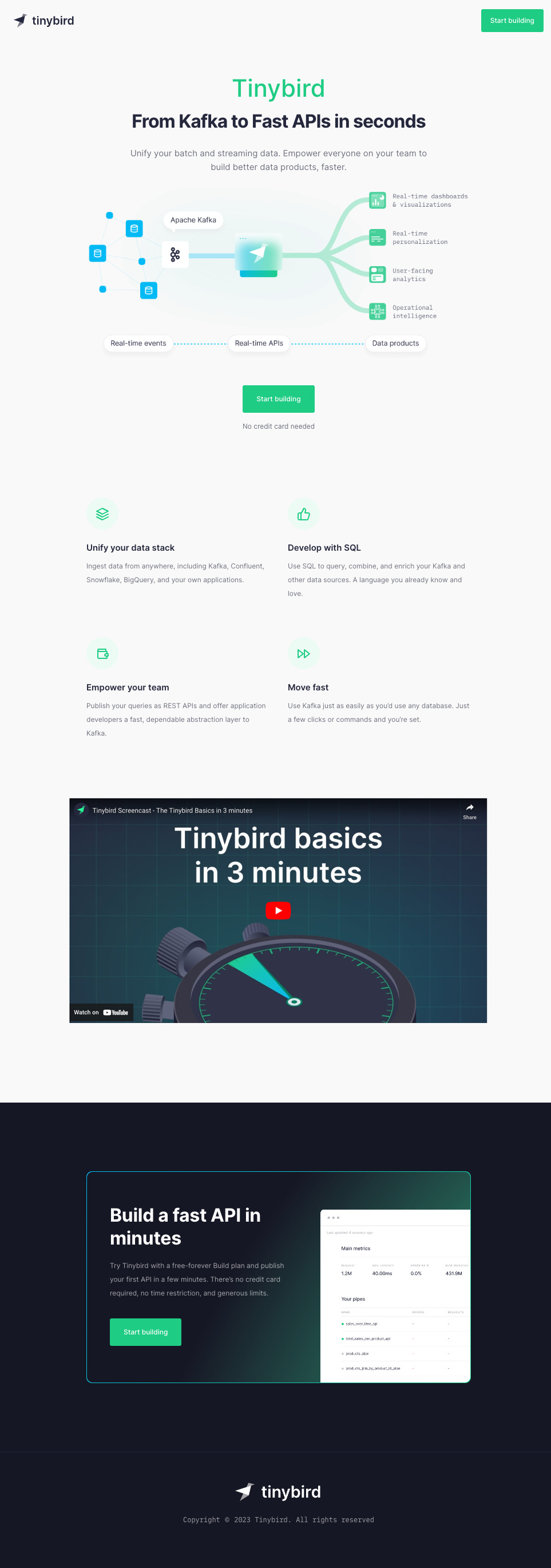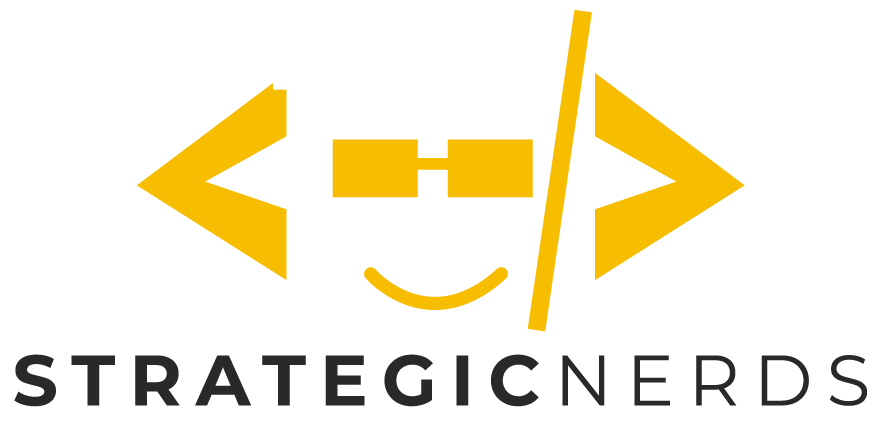How to run ads for a developer-focused business
The old axiom that "ads don't work on developers" isn't true.

There's a common misconception among technical founders: they believe that developer-focused businesses don't need ads to grow. Many even go as far as to say, "Developers don't look at ads." While there's some truth to this—about 30% of developers visiting the websites of companies I’ve run marketing for turn off cookies—I hypothesize that a similar number also use ad blockers. However, this still leaves a significant audience that ads can reach.
In this post, I’ll walk you through how (and when) to get started with Google AdWords for your developer product, the technique I use to set up a framework for the ads I run, and some of the things I think about optimizing once I am up and running.
Note: this is not a mechanical how-to post on using Google Ad Console. I hire an outside vendor to do those things for me.
Get the basics done before even thinking about ads
Before diving into ads, it's essential to understand their place in the overall marketing mix. Your go-to-market journey should begin with SEO and organic word of mouth for developer-focused products. It's crucial to think deeply about the problems your product addresses and the communities who feel the impact of these problems most acutely.
Once you've identified these problems and communities, craft content and website messaging that speaks directly to these issues.
This is your foundation.
But beyond simple content and messaging, consider authoring a handful of deeply technical “thought leadership” pieces that attempt to frame the problem (including the history of the problem, the many attempts to solve the problem in the past, the history of various solutions, and why this moment in time renders those prior solutions obsolete.) You are trying to get to the heart of why you’re the best person to solve the problem, why it is absolutely necessary to solve this problem right now, and why your particular solution stands head and shoulders above everyone else, past, present, and future.
Next, leverage free or low-cost growth tactics. Dive into Slacks, Discords, forums, subreddits, and other platforms where your target audience hangs out. Don’t forget about in-person meetups, which are often super informal ways to get feedback about the problems your product addresses, as well as your solution and ways you can better differentiate yourselves from alternatives. Engage in these communities, not just as a marketer but as an authority figure. Answer questions genuinely, and not always with your product as the solution. By doing this, you're building trust and credibility.
In the process, you will identify the myriad problems your target customer faces, the proper way to message your solution that excites and engages these customers, and begin to hone your overall positioning and messaging.
SEO and “free growth tactics” are your table stakes and give you a proper foundation for crafting your ad strategy. Your transition to ads should only begin after you feel like you’ve got a ton of data to work with.
While I am a CMO by trade and believe marketing certainly has a place in putting structure around these initial tactics, in the end, they should be Founder-led. Founders must be wholly invested in this initial foray into customer discovery and problem/solution definition. People often speak about a Founder having a “moral authority” for their business—the idea that nobody knows the business, customer, and market better than the Founder. This emanates from the hard work of customer discovery at this growth stage.
Transitioning to Ads
Having laid a solid foundation with content and community engagement, you're now in a strong position to introduce ads. You've identified problems and communities, crafted solutions, and even created content to back you up. Now, it's time to amplify your reach.
For your first foray into ads, break everything down into these components:
- Keyword Research. What are developers searching for when they experience the problem your product attempts to solve?
- Ad Creative. Speak their language. Developers appreciate technical accuracy. Ensure your ad copy is clear, concise, and technically sound.
- Landing Pages. Consistency is key. Ensure that your ad's messaging aligns with your landing page's content. A disconnect can lead to drop-offs.
- Call to Action (CTA). Be direct. Developers appreciate concise, action-oriented communication. Make your CTAs clear and to the point.
Let’s dive into each of these components in more detail.
Keyword research
In your initial customer discovery, you learned a lot about the problem that developers are facing and which you purport to solve. What are the phrases they’re searching for when they have this problem? For example, if your company is building a system to connect to a database or data stream and automatically render visualizations of the data, then maybe the problems people are searching for are:
- Why is my dashboard so slow?
- Grafana tutorials
- Tableau for developers
And so on. The problem and solution are not the same.
Ad creative
Now, it’s time to confront the problem directly. To paraphrase President Bill Clinton, you must “feel their pain.” Your keywords should be present in part of your ad creative. After all, if you’re searching for something, you’re more likely to click on an ad that reflects your search intent.
Landing pages
Your landing page is your opportunity to finally talk about yourself.
First, reframe the problem in the customer’s eyes. You should have multiple landing pages, one or more for each of your ads. These variations should parrot the keywords and ad creative. Again, put yourself in the customer’s shoes. They were searching for something, your ad reflected the search back to them, they clicked, and now your landing page must do the same.
There are some specific rules for landing pages that should never be violated:
- They should have none of your site chrome.
- It should be a page focused entirely on the payoff of the ad.
- No header, no footer, no menus, etc.
- No additional buttons or links.
- The hero area of the landing page should be simple and focused on the problem and solution.
Call to action
There should only be one CTA. Some people do like to experiment with two CTAs, but I’ve always felt that multiple CTAs are things you can do only when people already know and trust your brand. As a startup, you don’t have this luxury. In practice, this means only one button (“Sign Up Now,” “Request a Demo,” “Contact Sales,” etc.), no links to other pages on your site, etc.
Here is an example of one of the landing pages we are currently running at Tinybird (note, we are currently running an experiment with a video inserted into the landing page…which, yes, is a violation of one of my principles):

Experiment and Optimize
Running ads isn't a one-time thing. It's a continuous process of experimentation and optimization. Here are some strategies:
- A/B Testing: Regularly test different ad creatives, landing pages, and CTAs to see what resonates most with your audience.
- Analyze and Adjust: Use analytics tools to track the performance of your ads. Look for patterns and adjust your strategies accordingly. Don’t be afraid to stop campaigns if they’re not working.
- Engage with Feedback: If developers have feedback about your ads or product, listen. This feedback can be invaluable for future campaigns. Use the developers inside your company as sounding boards.
- Budget Wisely: Start with a modest budget, analyze the ROI, and adjust your spending based on results.
Email follow-up
I should also mention how I tailor email follow up for sign-ups that come from ad campaigns. You can personalize the post-sign-up email sequence that leads from your campaigns receive because you know the search intent and specific keywords used to land on your ad.
For example, if someone signed up for your product because the problem statements about slow and complicated dashboards resonated with them, then your initial email should point them to specific step-by-step tutorials on how to use your product to solve that problem.
Over time, this level of personalization can get even more sophisticated, but for your initial set of ads, this is a great start.
Analyzing results
Ads aren’t run for the sake of it. You also need to analyze your cost-per-impression, cost-per-click, and cost-per-contact. Your unit economics must be strong. You can’t spend $10,000 to get 100 contacts when only 2 contacts convert to customers unless your average revenue per customer is sufficiently high.
You need to watch your spend carefully and set your ad budgets accordingly.
I’ll walk through some of my processes here in a future post.
Conclusion
While it's true that developers might be a unique audience with specific preferences, they're not immune to well-crafted, relevant ads. By understanding their needs, engaging with them authentically, and continuously optimizing your strategies, you can effectively use ads to grow your developer-focused business. Remember, it's not about bombarding them with ads, but about providing genuine solutions to their very real problems.
